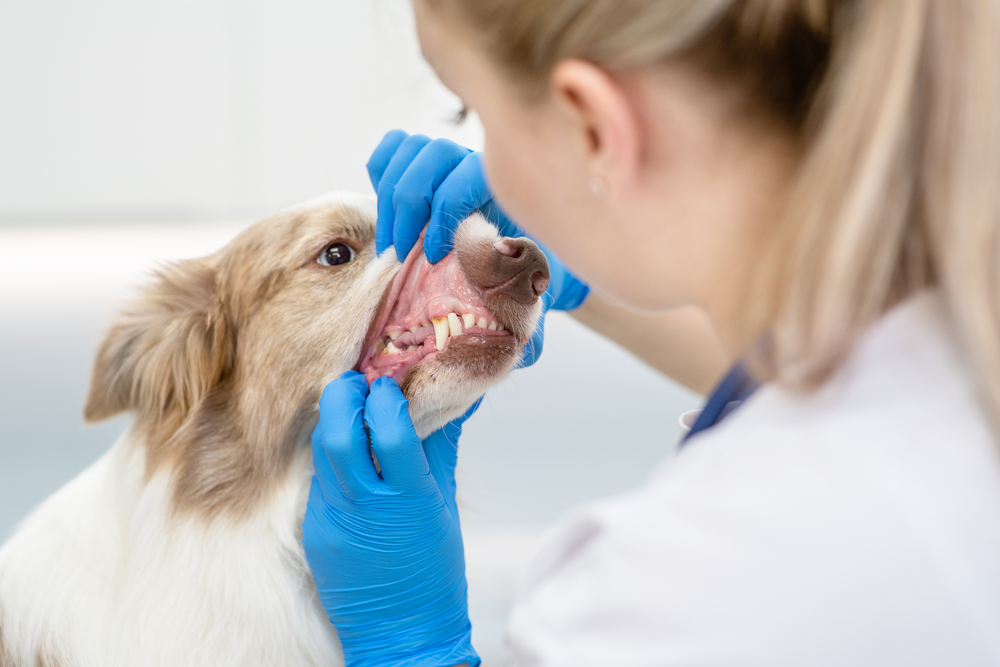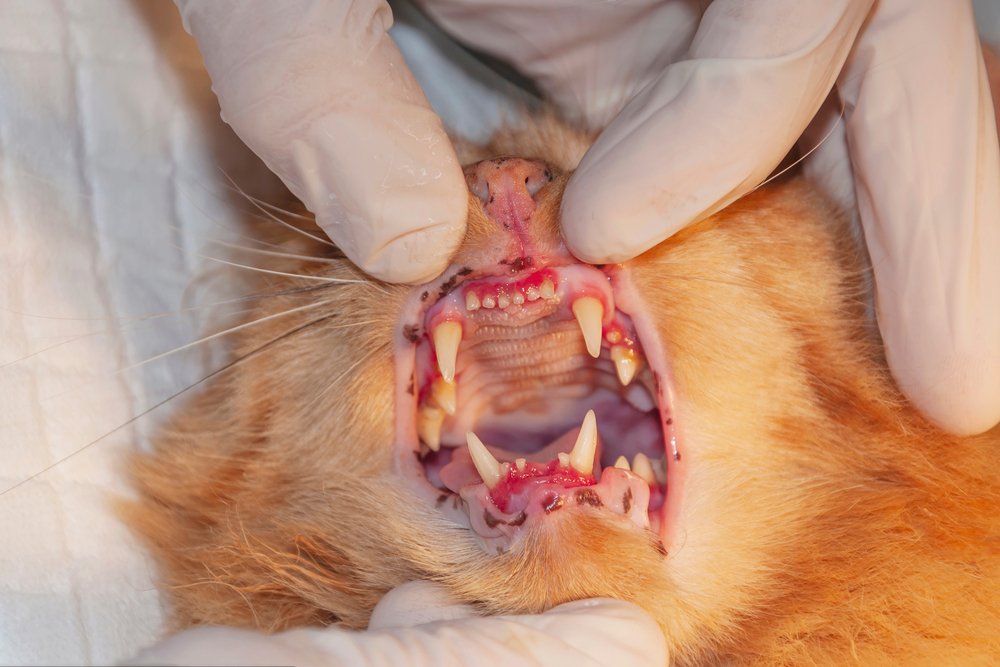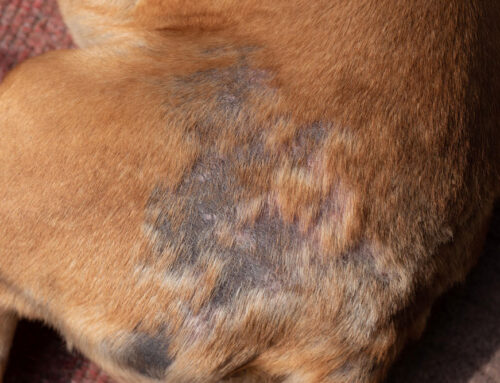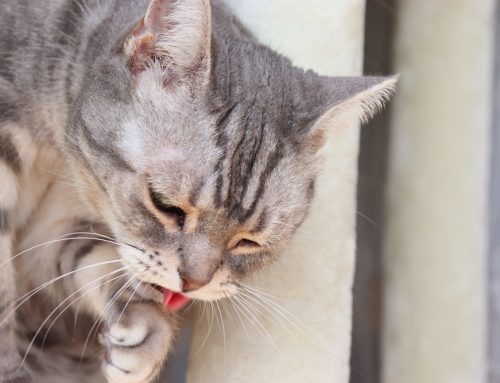Your pet’s oral health is intimately tied to their overall well-being. Often overlooked, periodontal disease is a common condition in pets that can lead to discomfort and serious health problems. If your pet’s periodontal disease is in the early stages, you may easily miss dental health changes because they are subtle, or you may consider the changes normal. Our Tidmore Veterinary Hospital team describes periodontal disease signs and explains how you can help prevent your pet from developing this pervasive health issue.
What is periodontal disease in pets?
Periodontal disease (i.e., dental disease) in pets causes inflammation of tooth-supporting structures, including the gums, periodontal ligaments, and surrounding bone, caused by oral bacteria and the body’s immune system response to their presence. Plaque and tartar accumulation on your pet’s teeth contributes to bacterial proliferation, and the inflammation can then damage important oral tissues. Periodontal disease that remains untreated for months and years can cause your pet significant pain, tooth loss, and infection that spreads through the bloodstream and damage major organs, including the heart, liver, or kidneys.
Periodontal disease signs in pets
Most pets begin accumulating plaque or showing early gum disease signs by the time they turn 3. Left untreated, the problem only worsens with time. Short-nosed (i.e., brachycephalic) pets and toy breeds are typically the most severely affected and they may require intervention starting at a younger age than dogs who have a longer head shape such as Labrador and golden retrievers.
Early disease signs are often subtle and may go unnoticed for long periods. Scheduling routine veterinary visits is one way you can ensure your pet’s oral health is closely monitored. Through dental home care, such as toothbrushing, you also have the opportunity to examine your pet’s mouth regularly. Your pet may have periodontal disease if they exhibit any of the following signs:
- Bad breath — Bad breath can occur with or without obvious dental disease. Even if your pet’s teeth appear healthy, bad breath can indicate a hidden periodontal problem such as a tooth root abscess.
- Inflamed or bleeding gums — Redness at the gumline, bleeding gums, and gum recession that exposes tooth roots indicate bacteria and inflammation are affecting your pet’s oral health.
- Tartar buildup — Although plaque and tartar can sometimes build up without causing corresponding gum inflammation, in most cases this yellow or brown tooth discoloration indicates your pet has periodontal disease.
- Changes in eating habits — Pets with one or more painful teeth may eat less, refuse to eat certain foods, or chew using only one side of their mouth.
- Pawing at the mouth — Pawing at the mouth can indicate oral pain or, sometimes, a foreign object stuck in your pet’s mouth or gum tissue.
- Drooling — Drooling is often seen with stomach upset but can also result from oral pain.
- Loose or missing teeth — Finding a tooth on your carpeting or noticing areas in your pet’s mouth with missing teeth is a sure sign that those teeth are affected by periodontal disease.
- Irritability — Pets experiencing chronic pain are good at hiding their discomfort, however, some may become more easily irritated with household members or other pets, lashing out at them for seemingly no reason.
- Reduced playfulness — Pets use their mouths to play with toys or to chew bones, and they may avoid these items if their mouth hurts. Chronic pain can also cause your pet to act listless or stop enjoying their daily activities.
- Teeth chattering — Although some dogs chatter their teeth to express anxiety or as a breed trait (e.g., greyhounds), the action can also occur as an involuntary response to oral pain. When exposed nerves in the teeth are accidentally touched or brushed with an object, the pet’s jaw may chatter for a few moments. This is especially common in cats with resorptive lesions (i.e., FORLs), which cause a painful area, similar to a cavity, near the gumline.
How to combat periodontal disease in pets

Regular veterinary checkups that include dental examinations are your pet’s best defense against periodontal disease. If our Tidmore Veterinary Hospital team identifies or suspects your pet has periodontal disease, we schedule a professional dental cleaning to eliminate plaque and control oral bacteria. Most pets need dental cleanings at least every one to two years, however, you can reduce this frequency by providing your pet with diligent oral home care.
A dental home care routine should include brushing your pet’s teeth with pet-safe toothpaste. Start gradually and keep the experience positive to ensure your pet accepts this practice. If your pet has existing dental disease, wait until after their next dental cleaning to initiate toothbrushing so you avoid causing them pain during the process. For pets who won’t accept brushing or as an adjunct to brushing, you can offer dental chews, treats, water additives, sprays, and other products recommended by the Veterinary Oral Health Council (VOHC).
Periodontal disease is a common but preventable condition that can impact your pet’s overall well-being. Regular veterinary examinations, professional dental cleanings, and diligent oral home care can help you stay on top of your pet’s dental health and keep your pet comfortable. Schedule your pet’s oral health checkup and professional dental cleaning with our Tidmore Veterinary Hospital team.








Leave A Comment